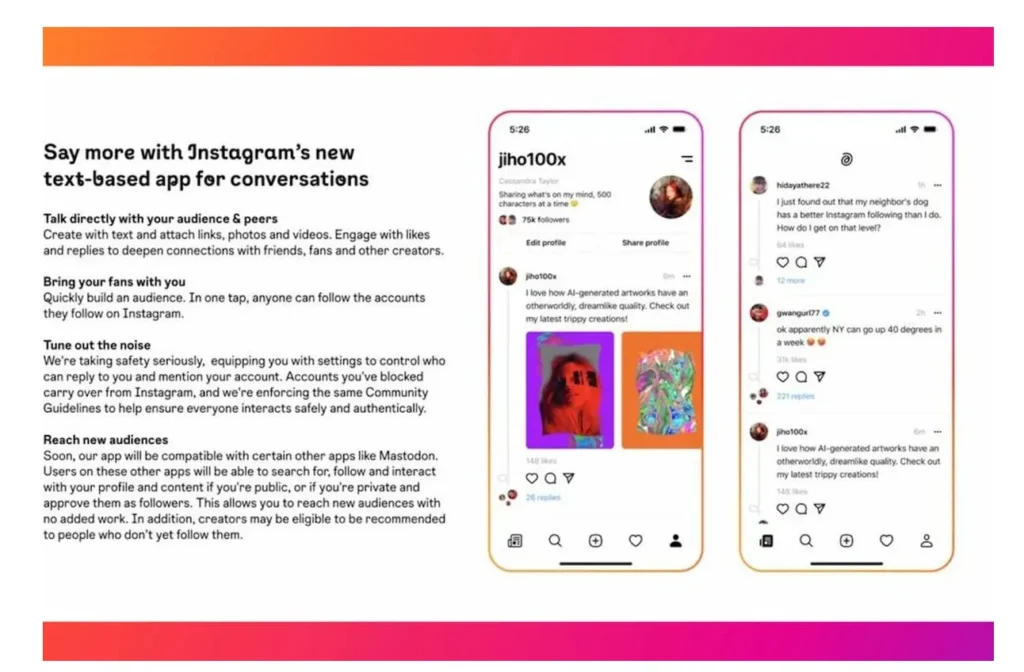WORK LESS WEDNESDAY
WLW #82
This week’s issue of Work Less Wednesday is sponsored by:
📈 Demand Curve: Advanced growth insights. By email. 📈
69,500 people read Demand Curve each week, including me. I often feature stories I saw in Demand Curve in Work Less Wednesday. If you’re a growing a company or startup, Demand Curve gives you the playbook.
👻 1. An Anonymous Interview With A Twitter Ghostwriter – Article by Paul Millerd
There is a ghostwriting goldrush on Twitter right now.
People with audiences large and small are looking to delegate writing content in order to grow with less work.
There is definitely money to be made.
This week, Paul Millerd published an anonymous interview with a prominent Twitter ghostwriter, detailing the good, the bad, and the ugly.
You can read the full interview here, but here are some of my takeaways:
1. What % of big accounts are using ghostwriters?
60% of big accounts use a ghostwriter to some degree.
But an important note: Almost none of them initially built their account using a ghostwriter.
2. How much does it cost to hire a ghostwriter?
$1,000 a month is the low end, all the way up to $10,000 a month.
What’s the difference?
Cheap ghostwriters are just copywriters.
Expensive ones have experience building up large accounts in a niche and know exactly how to do it.
3. What’s the best way to grow on Twitter?
Accomplish something interesting and talk about it.
People will want to hear about how you did it.
Growth hacks are fine, but there needs to be substance behind it.
4. How to adopt someone else’s voice and style?
Read or listen to as much of their actual thoughts as possible.
Read their writing and listen to podcasts they’ve been on or hosted.
Adopting someone’s voice is like putting together a 1,000-piece puzzle.
5. How many big accounts are actually original?
Maybe 50%.
Many big accounts just take top content from Reddit or Instagram and post it to Twitter.
They have huge followings but they’re basically worthless because the creator has no unique voice.
These accounts get to 100k followers and are shocked when they can’t make more than a few hundred bucks a month advertising with sleazy advertisers.
They’ve built followings that are 1,000 Miles wide and 1 inch deep.
Bonus: Some crazy stories from the crypto boom…
One cypto guy paid $1,000 for a single retweet from a big account (150k followers).
Another paid $3,000 to come up with 10 memes for them.
Others would send NFTs worth $5,000 for just 5 hours of work.
💰 2. 31 Lessons About Money – Blog Post by Ryan Holiday
Author Ryan Holiday published a blog post this week on 31 lessons he learned about money. There are some gems in there.
Here are 3 of my favorites:
1. I’ve never met a person who ever reached ‘their number.’
You know, people say, ‘When I hit $Xm, I’ll be good.’ They say, ‘Once I have X years salary in the bank, I’ll be good.’ No one ever seems to get to that number. We’re never ‘good’ because we move the goalposts…(or because we set a preposterous and unrealistic number to begin with).
2. Tim Ferriss on money.
Tim asked me what I was working on and what I was trying to accomplish, and I gave your typical answer: I wanted to be financially successful. Then he asked me something I’ve never been asked. “Ryan,” he said, “What do you do with your money?” Basically, I just put it in the bank, I told him. “Then why are you doing so many things you dislike to earn more of it?” he replied. This insight changed the course of my business as well as my life. Making money is easier than most people think—knowing why and what for, and not being driven in the wrong direction to get it? Much harder.
3. If you never hear no from clients, you’re not charging enough.
If the other side in a negotiation has never balked to something you’ve asked for, then you are not pricing yourself high enough, you are not being aggressive enough.
🎧 3. Podcast I Loved This Week – We Paid $68k For A Mastermind – Here’s What We Learned

Really interesting podcast breaking down the key lessons and takeaways that Nicholas Cole and Dickie Bush gathered spending $68,000 on a mastermind.
- What mastermind was it?
- Why would someone spend that much money?
- Was it even worth it?
You’ll learn it all in this episode.
💼 4. The Modern Work Method – A New Way To Work – A Framework By Almanac
The way we worked 10 years ago doesn’t make sense any more.
Most work was in person, real time, with a focus on measuring hours worked.
Now people work remotely, across time zones, and with a focus on results instead of hours.
Almanac just published their solution to this problem:The Modern Work Method.
The Modern Work Method is a series of principles and frameworks designed for work in 2023.
Many of their principles we already follow in my two companies:
Principle 2: The best managers focus on outputs and outcomes instead of hours worked or messages sent.
Principle 3: Creating a calm, sustainable team culture with no surprises and few fire drills leads to faster velocity and better work.
Principle 6: Collaboration should always start with a document instead of a meeting.
Principle 9: Progress and updates should be tracked and shared asynchronously in documents, not discussed in real-time meetings.
Principle 12: Team members are most productive when they have the flexibility to choose the schedule and locations that work best for them.
Check out the full playbook here, which includes both principles and best practices for getting started. Pretty cool stuff.
🐦 5. Instagram Is Launching A Twitter Competitor – What I’m Doing About It

This week, screenshots of Instagram’s new Twitter competitor just dropped.
Codenamed “P92.”
Rumor has it that it could be launching within weeks.
So the question I’m thinking about is…
What should I do?
Should I go all in on the new platform?
Or stick with what I’m using right now? (Instagram and Twitter)
My thoughts:
1. There is a HUGE advantage to being an early first mover on a new platform.
Back when Clubhouse was popular, my coach Chris Do decided to commit early.
He was rewarded and became super popular really fast.
80,000 followers.
There is less competition when you’re early.
2. But, there is a cost associated with it.
Chris was doing 3-5 Clubhouse rooms a day to make it happen.
That’s a ton of time and effort.
I talked to him while he was doing it.
He was definitely tired.
If you want to be a first-mover on a new platform, you have to be prepared to put in the work.
3. The platform might die out.
As you’re probably aware, Clubhouse is dead.
They went from turning down a $4 BILLION acquisition offer from Twitter to being a punchline.
That’s a major risk for “P92” as well.
But imagine if it becomes the new Twitter?
And you were first?
4. It might still be worth it.
While Chris’ Clubhouse account is useless now, he still won.
Many of the people that found him on Clubhouse now follow him elsewhere, watch his YouTube videos, are on his email list, and buy his products.
So it was a win.
So the question I have to ask myself is…
Do I want to go all in on “P92”?
We shall see…
